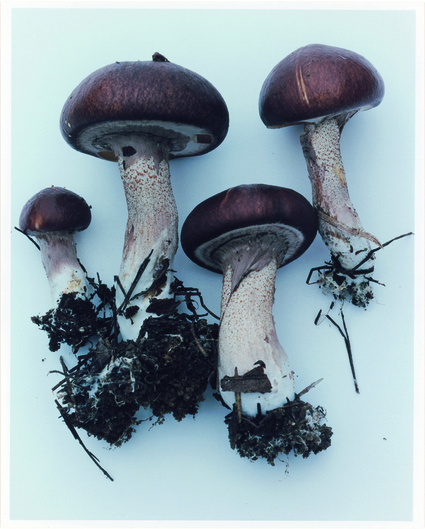Paul Stamets
What is interesting is that they are also capable to decompose carbon-hydrogen bond, which is the main material of fossil fuels. One very interesting experiment from Paul Steinmetz, one of the most famous people in the Myco-world. There was a field where an accident happened, after which there was a lot of carbon-hydrogen bond in the ground. More than ten thousand parts per million. They created four piles of this ground. One just a control one, one with external enzymes, one with bacteria, and one with spores of a saprophytic mushroom. After four weeks they came back, only to find three piles exactly how they left them but one with plants growing on it. They measured the carbon-hydrogen bond balance in this ground and found it to be less than 200 per million. So after just four weeks, these fungi decomposed more than 97% of the carbon-hydrogen bonds. Furthermore, the mushroom attracted insects, the insects attracted birds and the birds brought seeds, which made the condition good enough for plants to grow - which is why the whole pile was covered in green.
Remediation
This process is also called remediation. It's a method used in some parts of Asia as well around factories. There is a lot of toxins that drop on the grounds around specific factories, which influences the surrounding area.
So they use mushrooms and mycelium to clean up the soil. Heavy metals can be absorbed and collected by mycelium, which means that when you start harvesting the mushrooms and put them into the waste stream, you clean up the soil. One of the problems with this is that not all people know when and where this process is going on, which means that some humans and other animals eat these mushrooms with concentrated toxins.
I myself am from Austria, and my mom always told me I am not allowed to eat too many of the mushrooms I find at home. Because we had a quite intense fall out after Chernobyl, where a lot fell above Austria and there is still a high radioactive concentration in mushrooms because they collected it from all the soil.
Future
As I mentioned, heavy metals that are in the soil, get concentrated in the mushroom, which is a way of cleaning up soil. This method however can also be used if you want to get specific heavy metals from the ground. When you inoculate a certain area with saprophytic spores, wait till there is a huge network of these fungi and then just collect the mushrooms and get the heavy metals out: you basically have a mining system. In this way you work together with nature, instead of against it, which often happens in mining situations.
